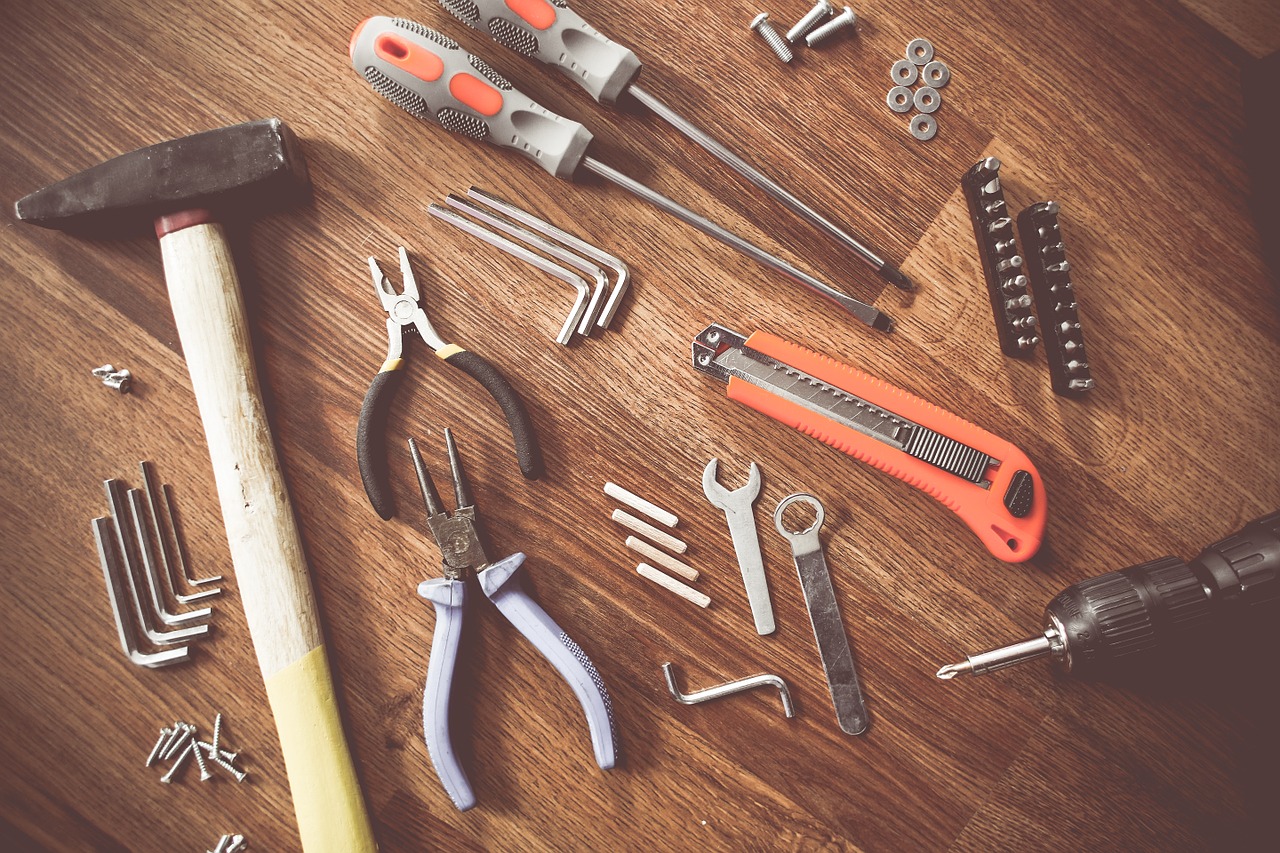If decking isn’t properly maintained it can start to show signs of wear and tear as it ages. Over the years your decking boards may fall victim to rot, mould or cracks if deck takes on heavy footfall day after day. If you notice any of these hazards, don’t let it develop into a major problem by leaving it to worsen over time. As soon as you spot signs of decay on your decking boards it’s time to take action!
Since replacing a full deck can be costly (unless you shop at eDecks of course), you might be able to save money by simply replacing the problem decking boards. If you have some experience at DIY, why not set aside an afternoon and follow our guide to replacing a damaged decking board.
Tools to Replace Decking Boards
Replacement Treated Decking Boards
Eye Protection
Framing Square
Jigsaw
Circular Saw
Power Drill
Framing Square
Tape Measure
Step 1: Plan Your Cuts
Your goal is to remove as much of the damaged section of plank as possible while making the repair look as inconspicuous as possible.
Start by putting on your eye protection (safety first), then mark out the damaged section that you’ll be removing between one or two joists depending on what will make the deck repair job more natural.
Step 2: It’s Cutting Time
Using the edge of your framing square as guide for your jigsaw, remove the damaged plank by cutting along the inside edge of the joist. Be careful not to cut the joist itself!
Move to the other side of the decking board and repeat the process, cutting alongside the inside edge of the joist until you can completely remove the damaged section of the decking board.
Step 3: Show Some Support
Before you can install your new plank, you need to add supports for your new decking board so it’s as sturdy as the rest of your deck. You don’t want to be left with another repair job when someone puts their foot through your brand new decking board!
Using a circular saw (very carefully), cut two support blocks from the treated timber. Ideally you want to use 12inch long sections of 2×4 support blocks.
Centre the support blocks under the space where the replacement deck joist will go and use the decking nails or screws to attach it to the joist face securely, making sure that the support is fastened tight to the underside of the surrounding decking boards.
Top tip: prevent your timber support from splitting when you’re hammering in the nails by using a power drill to pre-cut the holes first.
Step 4: Add Your New Decking Board
Fill up the kettle because you’re almost done! Now that the supports are in place you can go ahead and install your replacement decking board. Measure the length of the space and cut your new decking timber to size or if you’re really organised, you’ll have already worked out the length of the replacement decking board and ordered it cut to size from eDecks. If you’re cutting the decking board yourself, make sure you make a square cut on either end so it’ll slot in seamlessly.
Once you’ve cut your timber, check the direction of the wood’s grain rings. When you’re installing the new plank it’s important to orientate it with the grain rings curving upwards as this will prevent cupping occurring when the decking ages.
Drill pilot holes where the deck nails or screws will go to prevent your timber from splitting when you’re nailing it into position later. Then simply slot the replacement decking board in place and secure it with the decking nails or screws.
Step 5: Admire Your Deck
Well, it would be rude not to after all your hard work!
Top tip: get yourself a cuppa to help you relax.
If need to replace a decking board, head to eDecks’ to find replacement decking boards, decking nails and more at fantastic discount prices with fast delivery. Why shop anywhere else? Browse our range of decking supplies today.

